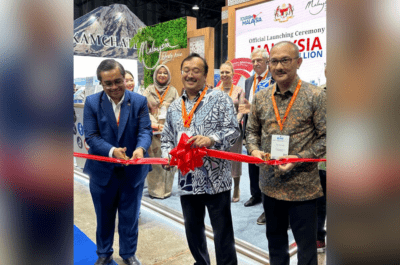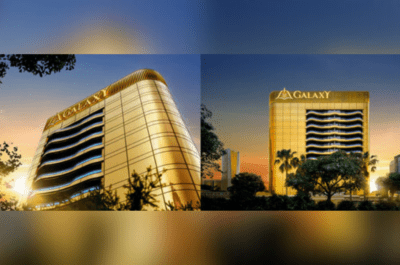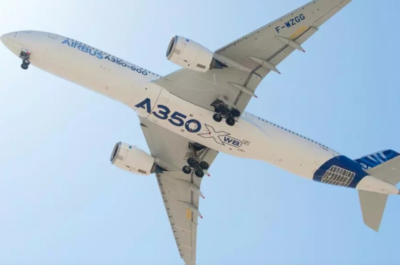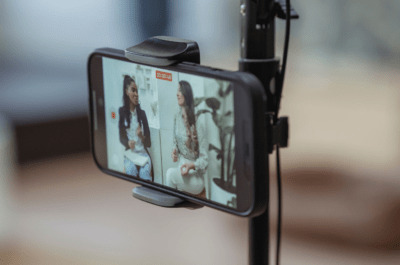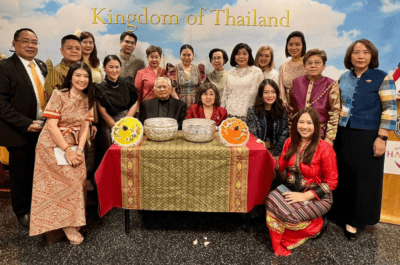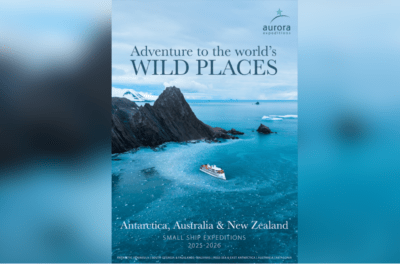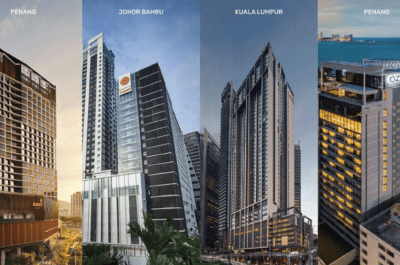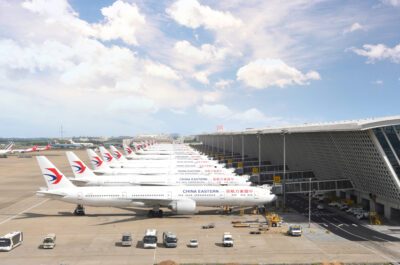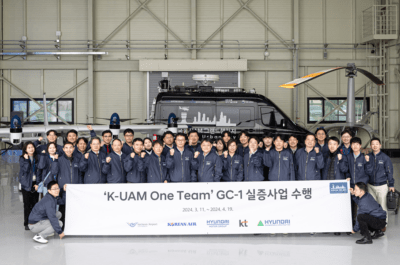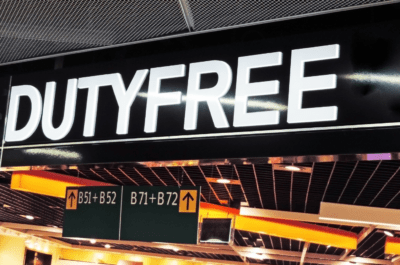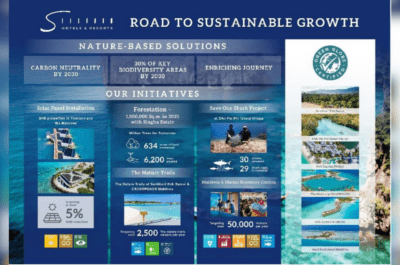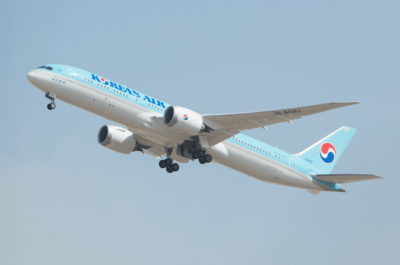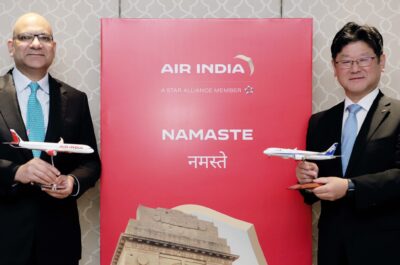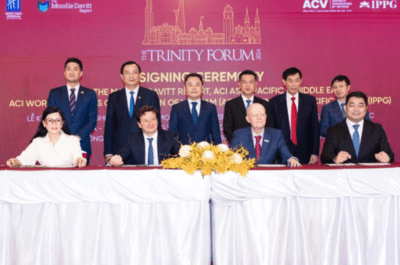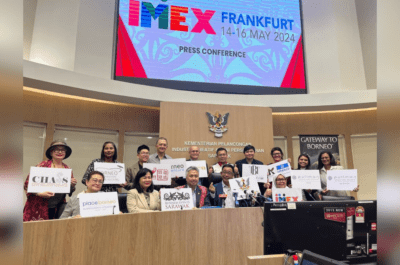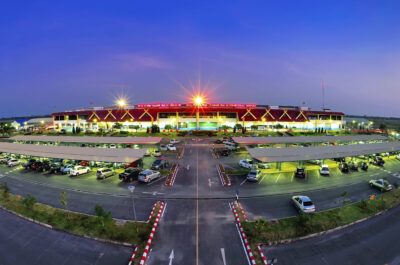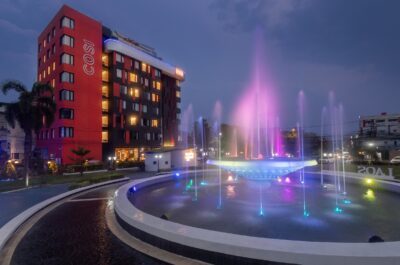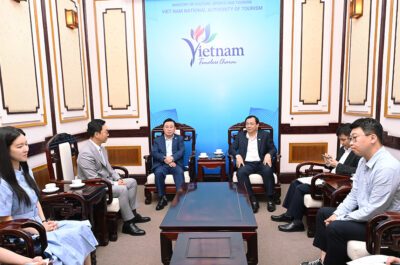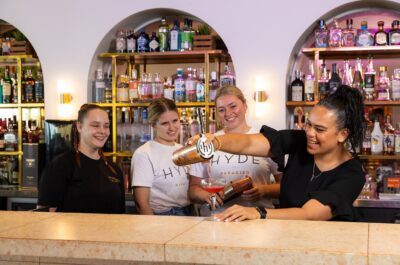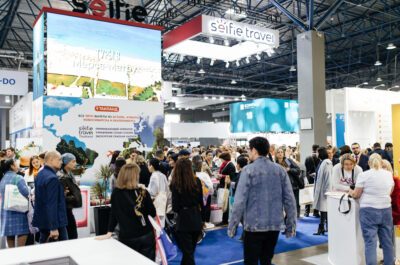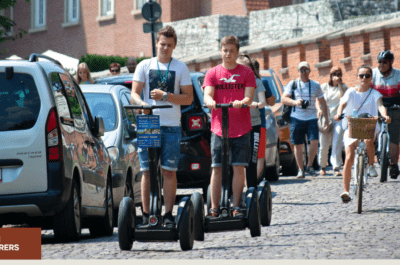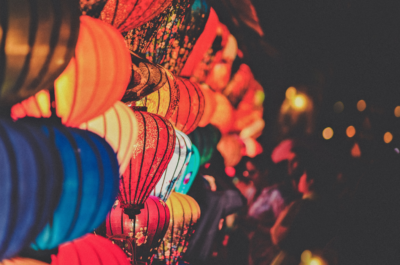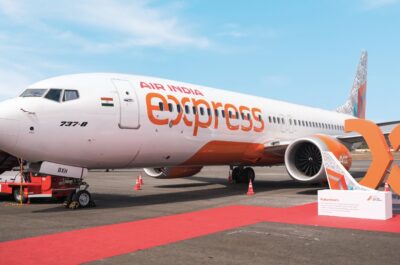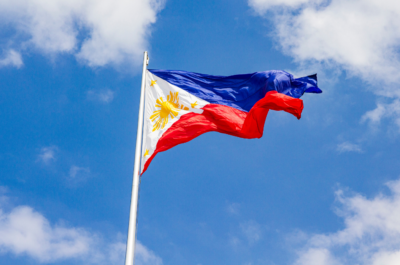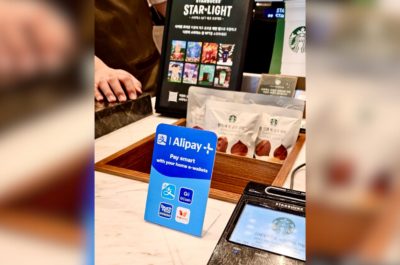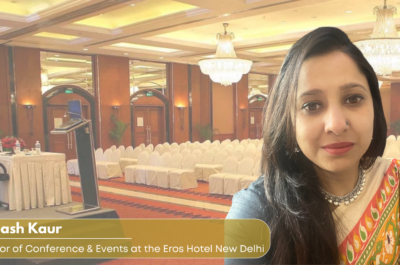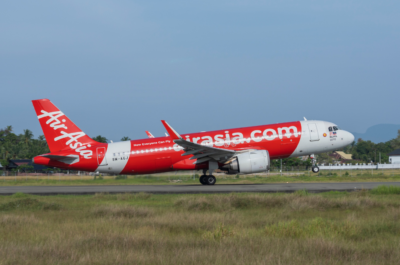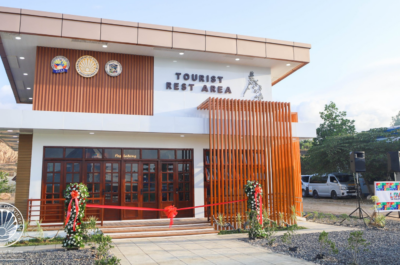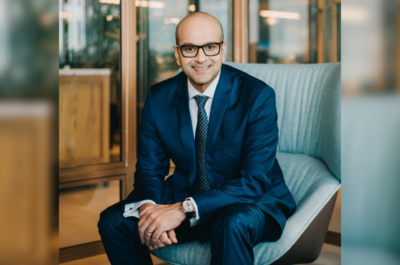Chinese guests receive a very poor quality of service, in large part because of the ignorance of the Chinese culture from the staff of luxury hotels, and also because of the persistence of stereotypes about Chinese travelers.
In 2005, I had the first conversations with executives in luxury hospitality groups about the importance of improving the welcome for their first Chinese guests. I knew they used to receive a very poor quality of service, in large part because of the ignorance of the Chinese culture from the staff of luxury hotels, and also because of the persistence of stereotypes about Chinese travelers.
The General Managers of five star hotels I talked to from 2005 to 2007 told me more or less the same thing “Chinese tourists don’t stay in five star hotels”, and, as a consequence, they did not see the point of investing resources to improve the service for their Chinese guests.
Today, these same hotels advertise in the STC magazine and ask us to define their marketing strategy to attract more of high-spending Chinese guests and offer them the best possible service.
Things have obviously changed over the last ten years.
To better understand the way Chinese outbound tourism has dramatically changed over the last decade, let’s go back fifteen years ago, in the early 2000’s.

I would define three periods to describe the evolution of Chinese outbound tourism:
From 2000 and 2005, most of Chinese outbound travelers were business travelers traveling in official delegations to attend to trade shows and official business meetings in Western Europe and in The United States. At that time, it was nearly impossible for individual Chinese leisure travelers to obtain an independent leisure visa for Europe or the U.S., and the only way to have holidays overseas was to travel in the famous (or infamous) group tours organized by Chinese State-owned outbound travel agencies, in partnership with selected destination management companies in their country of destinations. Basically, their passports were confiscated by travel agencies during their trip in coaches and low quality hotels, which is not a very enticing way to travel.
I talked with many of these first Chinese leisure travelers between 2000 and 2005, and they told me how displeased they were by the very poor quality of their travel experience, and how their feelings were hurt by the stereotypes who were widely spread within the travel industry: Chinese tourists were supposed to love to travel in coaches, were allegedly obsessed with discounts, and would prefer to stay in one star hotels. In fact, my Chinese friends were at that time willing to be free to explore a country on their own, were searching high quality – and expensive- travel experiences, and were particularly fond of nice suites in five star hotels. Basically, like a lot of affluent western travelers. But not of a lot of travel and tourism professional understood and even listened to them at that time. You were a Chinese tourist? Then you had to fit in a certain category of negatively stereotyped traveler. Period. In some cases, that was very close to segregation, and surprisingly, very few western travel & tourism professionals realized how painful and sometimes humiliating it was for Chinese leisure travelers.

From 2005 and 2010, The travel and tourism industry started – slowly – to give up on stereotypes concerning Chinese travelers, and at a slower pace to gradually improve the service for Chinese travelers. Some hotel chains started to offer in-room Chinese tea (It took several years of studies and commissioned researches for hoteliers to take such a simple and inexpensive step), or started to recruit a few Chinese speaking staff members. But the industry did not yet understood where the core problem was: the structural inability of both the outbound travel agencies (OTA’s) and destination management companies (DMC’s) to understand this massive change in international outbound tourism. In less than ten years, faster than in any other country in the history of international leisure tourism, a group of outbound travelers was growing at an impressive and never seen rate, from 5 million in 2000 to 57 million in 2010. With old fashioned organizations, Chinese OTA’s could not offer the kind of service that the new generation of Chinese travelers wanted from them: a good understanding of international travel opportunities. On the other hand, DMC’s in Europe and the U.S. were still stuck in their preconceptions about Chinese leisure travelers and kept offering the same standardized programs (Traveling in coaches from a discount shopping mall to another and sleeping in very low quality hotels), that were by the way never favored by the Chinese travelers themselves. But their advice was never solicited. That was before the social media era.

Around 2008, the first social media networks started to become popular in China. And yes, I remember the time (somewhere in 2008), where Facebook and Twitter were freely accessible in China. With the launch of Weibo in 2009 and dozens of other Chinese social media networks, Chinese outbound travelers started to post stories about their experiences about their overseas travel, and make comments about hotels (since 2008 with the launch of DaoDao, the Chinese version of TripAdvisor). I frequently read translations in English of comments written in Chinese Mandarin about famous luxury hotels in New York, London or Paris, and the first comments and reviews were incredibly negative. Most of them expressed how the staff of these famous hotels lacked of respect with their first Chinese guests, and did clearly offer them a second-class experience compared to other guests from western countries. I was also surprised to see that nobody in these hotels made the effort to request a translation of comments made by their Chinese guests and analyze them.

From 2008 to 2010, the first travel destinations, travel agencies and hotels started to realize that they needed to communicate properly with Chinese outbound travelers, but very few marketing options existed. China Elite Focus was historically the first digital marketing agency (founded in june 2008 in Shanghai) who was exclusively specialized on digital travel marketing for affluent Chinese outbound travelers, with a unique focus on luxury destinations. The launch of China Elite Focus was followed by a flurry of creation of other independent digital marketing agencies in China, Europe and the US, and defined all together an entire new marketing category: digital marketing to Chinese outbound travelers. The quick development and the popularity of Chinese social media networks as well as the first digital campaigns to promote international travel to Chinese potential travelers contributed critically to a better connection between travel operators worldwide and the emerging category of young and affluent Chinese first-time outbound travelers.
But access to the information was still a big issue, specifically for high spending travelers: From China, how to know what is the best hotel in New York you absolutely want to stay in? What is the best exclusive golf course in Scotland? How to book a table in the Paris’ finest restaurants? No curated information was available at that time in Chinese Mandarin. The existing travel magazines published in China did not had such sophisticated informations, and no website existed. That is the main reason we launched the Shanghai Travelers’ Club magazine (or the STC magazine) in 2009 as an electronic newsletter and since 2012 as an iPad & iPhone digital publication.

From 2010 to 2015, all the elements of the complex puzzle were in place: a dynamic social media network environment in China, the emergence of digital only Chinese travel agencies using extensively social media, the growing desire of Chinese travelers to discover foreign countries, and the understanding by western travel, tourism and retail companies that, yes, this is it, Chinese travelers are the world’s biggest spenders and the #1 group of Chinese outbound travelers. This is an interesting period where we saw two different categories of Chinese travelers intersecting on different paths. Senior travelers, mostly top executives of large Chinese companies who reward themselves after a life of hard work with a once or twice a year luxury international travel experience, and their children, in their early twenties, who quickly become frequent global travelers (six to ten times a year), and end up spending more than their parents in travel and shopping.
One of the important reason for the exponential growth of Chinese outbound tourism (120 million in 2015) is luxury shopping, and in particular the desire to have a genuine shopping experience. Buying a Gucci bag in Milan, a Louis Vuitton suitcase in Paris or a Tiffany diamond in New York was seen in the early 2010’s as a necessary sign of social status for the young and affluent generation. International luxury brands understood too late this trend and hastily opened too many stores in China in this period, many of them with more sales associates than Chinese customers. (They are now closing stores and start to focus on improving the customer relations at their flagship stores in the US and in Europe for Chinese shoppers.)
On January 19, 2012, President Obama issued the “Executive Order #13597” who had a major impact in Chinese outbound travel. This decision had to major consequences:


First, “to increase nonimmigrant (i.e. tourists) visa processing capacity in China by 40% over the coming year”, meaning allocate more human resources at U.S. consulates in China in order to be able to review and process more leisure visa requests. Second, “to ensure that 80% of nonimmigrant visa applicants in China are interviewed within 3 weeks of receipt of application”, meaning to allow a much faster process for individual Chinese tourists planning holidays in the U.S.. This rather technical Executive Order created a psychological change in the perception the United States as a luxury holidays destination by Chinese travelers. Previously more considered as a business destination, the U.S. were seen as of the beginning of 2012 as a much more “tourist friendly” destination by the Chinese, and they started massively to consider to spend holidays in this country, who appeared as newly opened to them. We saw a surge in requests on Chinese search engines about “travel and holidays in the US” in the first half of 2012, and the U.S. travel and tourism industry operators started to feel the economical benefits of an increased influx of Chinese leisure visitors as early as the summer 2012. (1.5 million Chinese visitors came to the U.S. in 2012, 3.1 million are expected for 2019).
In november 2014, China and the United States negociated a reciprocal agreement to extend the validity of tourists visas up to ten years (multiple entries). It means that since november 2014, a Chinese tourist with a valid tourist visa to the United States can keep this visa for up to ten years, with multiple entries. That is very close to the “Visa Waiver program” with european tourists, and has strongly encouraged Chinese travelers to choose the U.S. over Western Europe destinations, who do not offer tourists visas with such a long validity for Chinese visitors.
At the end of 2015, We could say that 80% of tourism offices, hotel chains, retailers, and airlines had in place elements for a marketing strategy focused on Chinese tourists, even a modest one. What a change if we compare to 2005, where virtually less than 5% of them had a strategy in place.
Today, what could be the trends for the years to come? The first world that comes to my mind is normalization. For the last fifteen years, travel and tourism marketers considered Chinese tourists as a kind of “exotic” category of international traveler, with all the stereotypes and preconceptions attached. Now that more than 100 million Chinese travelers discover the world every year in virtually every country on the planet, tourism and travel professionals have a much better understanding of what the most important group of tourists really want. And it’s – how surprising – exactly what Americans and European travelers want when they travel abroad: A carefully curated travel experience, nice hotels, local cultural and food discoveries, and the possibility to choose, alone, what to do during the day. Before starting a marketing campaign focused on Chinese outbound travelers, it’s now time to have the exact same mindset that for a marketing campaign targeted at any other nationality of tourists. And, please, forget about the stereotype of the Chinese traveler allegedly only interested by discounts. They are not. They want quality, sophistication and authenticity. And they know it doesn’t come cheap.
Photo caption: Hong Kong, China
 Pierre Gervois, Founder & Publisher of the STC magazine, CEO of China Elite Focus Magazines LLC (New York), Industry expert and keynote speaker about marketing to outbound Chinese tourists. Pierre Gervois lived in Shanghai from 2007 to 2013 and founded in 2008 the Shanghai Travelers’ Club magazine (or STC magazine), who was the first Chinese Mandarin luxury travel publication for high net worth Chinese outbound travelers.
Pierre Gervois, Founder & Publisher of the STC magazine, CEO of China Elite Focus Magazines LLC (New York), Industry expert and keynote speaker about marketing to outbound Chinese tourists. Pierre Gervois lived in Shanghai from 2007 to 2013 and founded in 2008 the Shanghai Travelers’ Club magazine (or STC magazine), who was the first Chinese Mandarin luxury travel publication for high net worth Chinese outbound travelers.
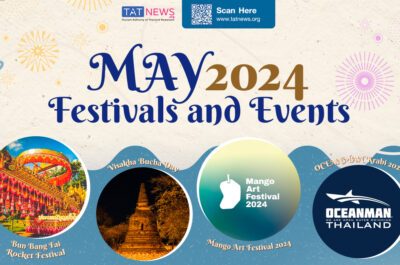
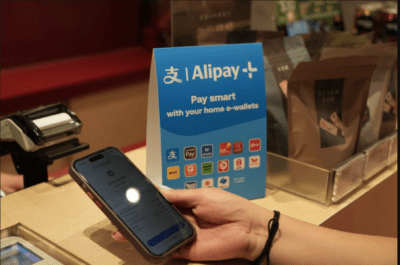

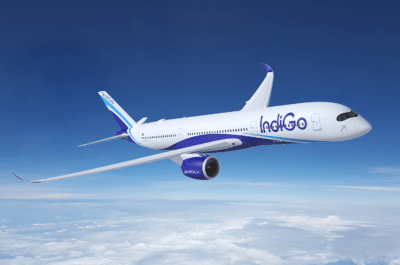
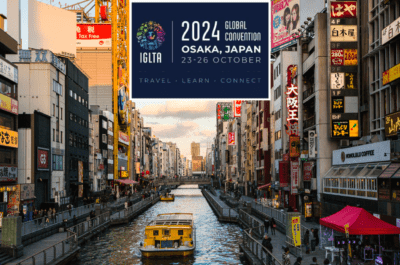
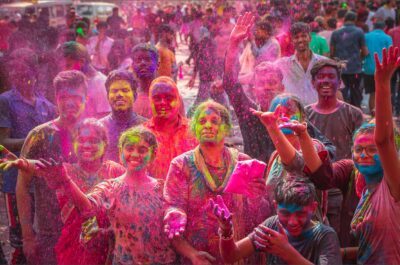
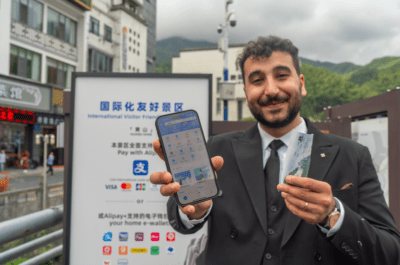
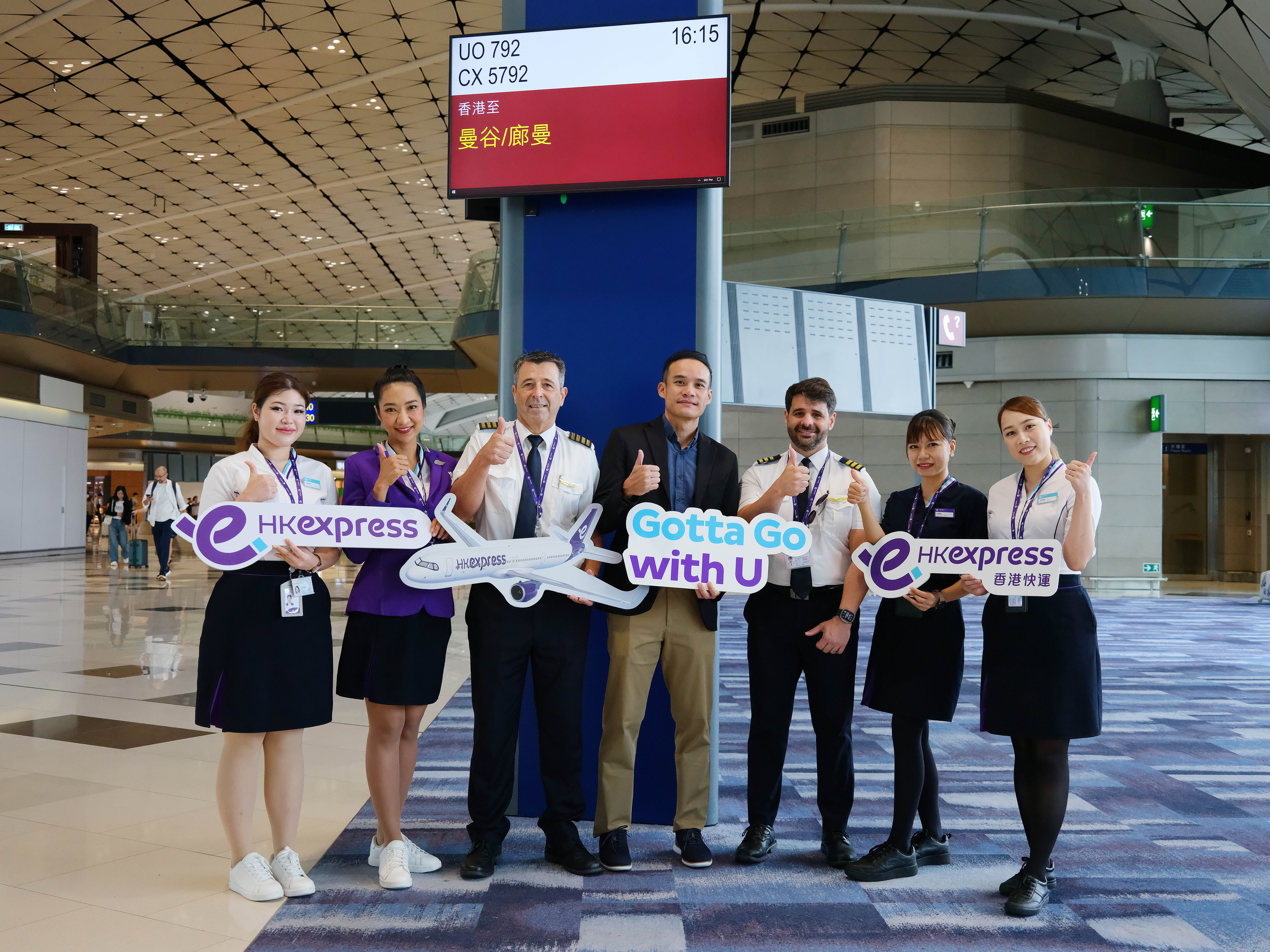
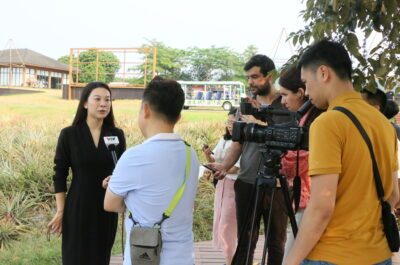







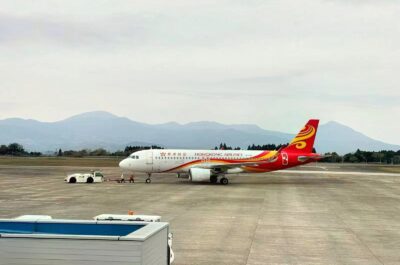


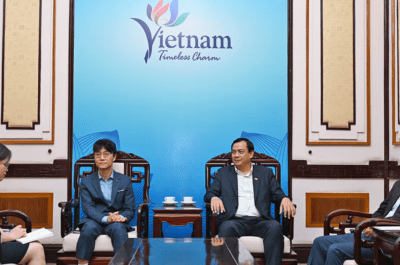

![[PR] PR_Ascott and Vimut Hospital_2024](https://www.traveldailynews.asia/wp-content/uploads/2024/04/PR-PR_Ascott-and-Vimut-Hospital_2024-400x265.jpg)
